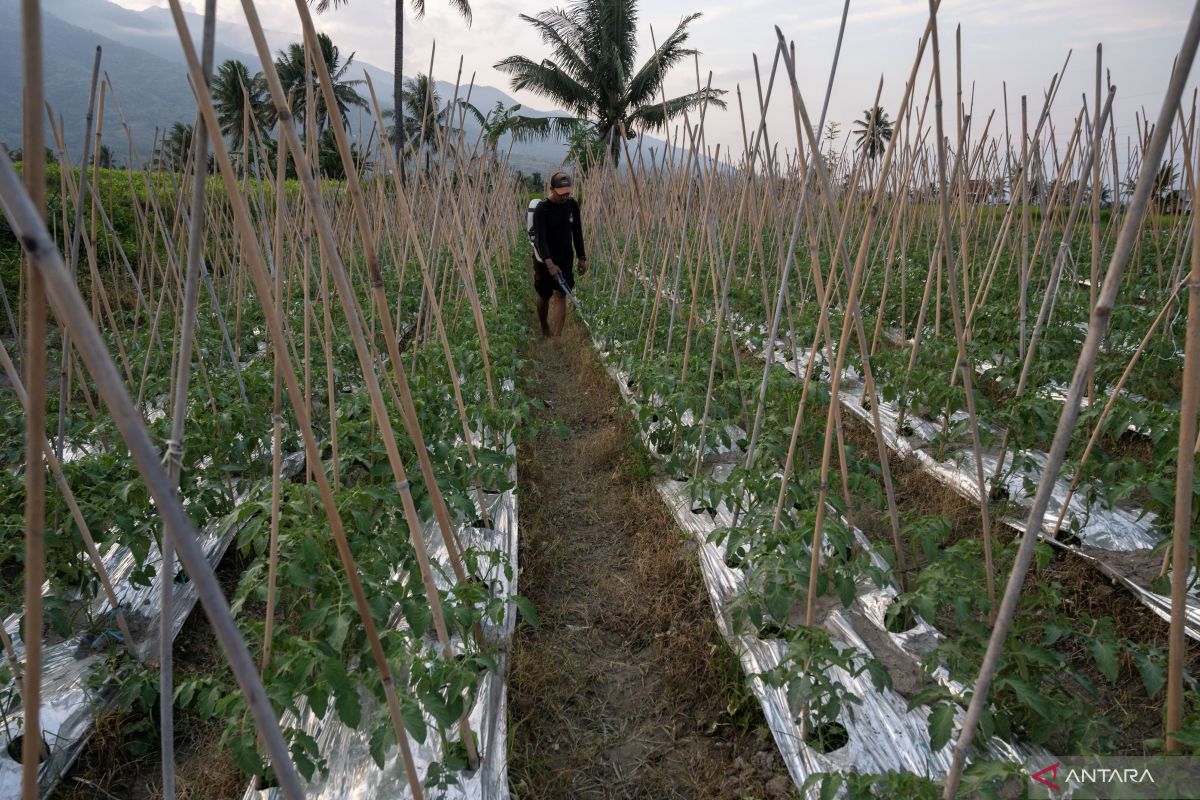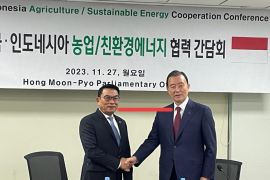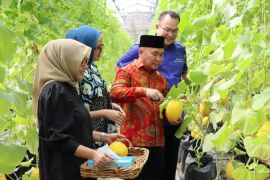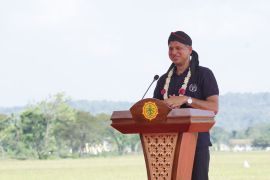The data, which was released in 2019, has served as further proof of Indonesia’s agrarian status besides the fact that a majority of its population makes a living from the agriculture sector. In this sense, the sector is the backbone of the archipelagic country’s economy.
The potential of Indonesia’s agricultural sector is enormous.
The sector has five sub-sectors with promising potential: food crops, plantations, forestry, fisheries, and livestock.
Data from Statistics Indonesia (BPS) on the food crops sub-sector has revealed that Indonesia produced a total of 54.65 tons of rice in 2020.
Apart from rice, Indonesia is also blessed with several valuable food crops, including corn, sweet potatoes, vegetables, and fruits.
The next sub-sector, plantation, has been contributing significantly to Indonesia’s income since many plantation products, such as rubber, palm oil, coconut, coffee, cocoa, and tea, constitute the most prominent export commodities of the country.
Meanwhile, forestry, the third sub-sector, is an agricultural sub-sector whose utilization requires concordance with regulations issued by the Ministry of Environment and Forestry.
Pertaining to the fourth sub-sector, fishery, it needs to be underscored that Indonesia is a maritime country with a total of 3.257 million square kilometers of sea area. The Indonesian seas, with their abundant resources, have been playing a crucial role in the nation’s social and economic structures.
Concerning the last sub-sector, livestock, it should be noted that almost the entire sub-sector is managed by people in the form of smallholdings.
Livestock farms can be broken into two categories based on the size of the livestock animals. Large-sized animals, such as cattle, horses, and buffaloes, are reared in big livestock farms, while smaller animals like chickens and ducks are reared in small farms.
Millennial Farmers Program
Rizky Anggara, a young farmer from West Bandung District, West Java, is one of numerous Indonesian young talents driven by the spirit of sustaining the nation’s agricultural sector.
Since 2017, the young man has been investing his time and energy in horticulture, growing fruits, vegetables, as well as decorative plants. To him, horticulture is a hobby that has turned out to be economically beneficial.
His enthusiasm for farming, which was passed down by his father, has proved to be a factor that has significantly affected the way in which he has made decisions for his future, including in terms of education. Hence, it is not a surprise that he chose to study agrotechnology at Brawijaya University in Malang, East Java.
However, the crushing effects of the COVID-19 pandemic forced Anggara to temporarily cease his studies and eventually brought him back to his hometown.
In 2021, Anggara, along with thousands of like-minded young talents, joined the first batch of the Millennial Farmers program initiated by the West Java provincial government.
The program serves as a forum for developing agricultural businesses by involving young farmers from the five agricultural sub-sectors. The program’s objective is to create an independent, advanced, and sustainable agricultural ecosystem.
The program is expected to be genuinely beneficial for young farmers and help them broaden their insights on agriculture, while providing them with economic benefits.
The promising program, however, has run into a number of obstacles, pushing the provincial government to improve its implementation, including by assisting farmers in resolving the problems they have been facing.
Toward an advanced agriculture
Former governor of West Java, Ridwan Kamil, devised the Millennial Farmers program with the aim of encouraging the nation’s younger generation to help support the progress of the agricultural sector.
“Live in villages, gain profits from cities, expand businesses to reach global markets,” Kamil told young farmers participating in the program.
As part of the program, the provincial government has been providing young farmers with comprehensive training and coaching activities.
By joining the program, young farmers can learn how to properly process and develop agricultural products and market them both at home or abroad through exhibitions and other activities.
Furthermore, the program also aims to produce more skilled workers for the agricultural sector and boost the appeal of agricultural businesses.
Since its initiation in 2021, the program has been attracting more and more young farmers every year. In its inaugural year, as many as 1,766 of the total 8,998 registrants managed to qualify to participate in the program.
The combined number of young farmers who have participated in the program in 2022 and 2023 is 5,344.
To provide guidance and assistance to young farmers, the provincial government has delegated officials from its Food Crops and Horticulture Office, Maritime Affairs and Fishery Office, Food Resilience and Livestock Office, and Plantation Office.
The program is in line with the direction of policies issued by the Agriculture Ministry for building a more advanced, self-reliant, and modern agricultural sector.
That is the very direction that has been guiding the ministry to take smart, careful, and accurate measures, including by optimizing technology as well as grooming young agricultural talents, who will inherit the agrarian tradition.
Related news: Spain urged to open market access for RI's horticultural products
Related news: Ministry carries out movement to handle El Nino in 100 districts
Editor: Rahmad Nasution
Copyright © ANTARA 2023












